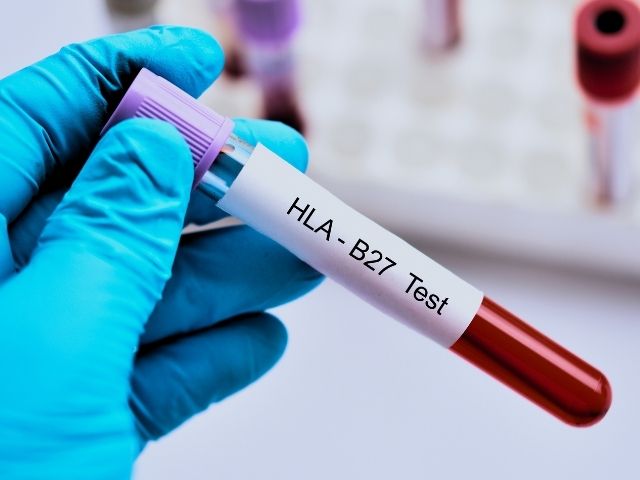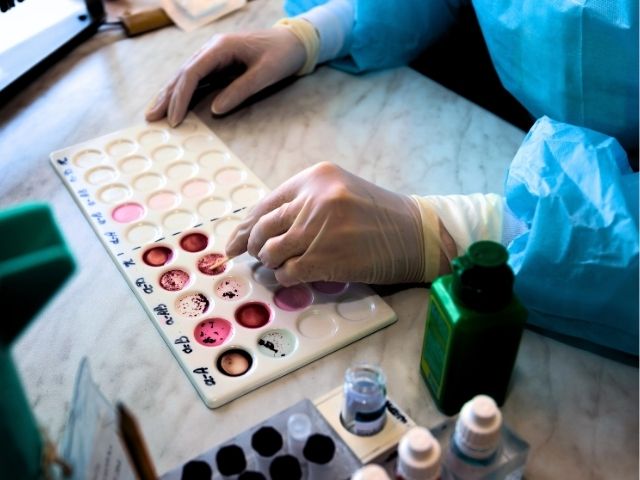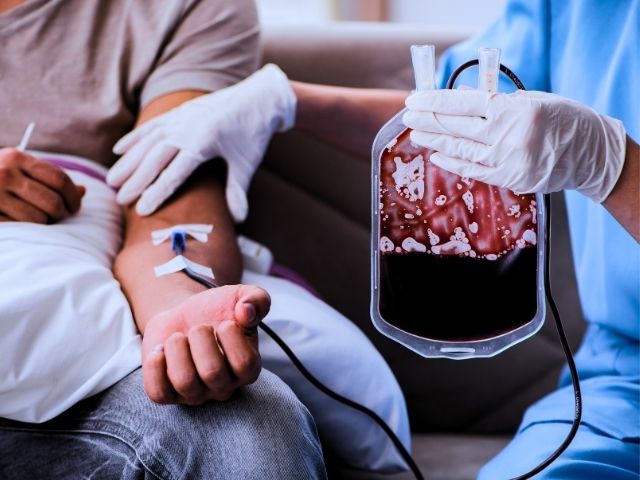Comparing Typing
HLA and blood typing are two separate processes, but very often get confused. Sometimes both HLA typing and blood typing are needed, but other times both are not necessary.
For example, HLA typing is used for stem cell transplants and organ transplants. In stem cell transplants, the donor and recipient need to be HLA identical, but the blood type is not as important. However, for a solid organ transplant, the recipient and donor need to be HLA and blood type identical to prevent rejection of the organ.
For stem cell transplants, there are different types of matches depending on how close a donor and the recipient’s HLA alleles are in relation to each other. The most identical will be chosen to be the patient’s donor. However, if a close enough match cannot be found, it can lead to graft versus host disease – the healthy stem cells from the donor attack the recipient’s organs because the HLA proteins cannot recognize each other.
This leads to the recipient’s organs being identified as foreign and antibodies attack, which can lead to lifelong complications, even death. Common organs to be affected by graft versus host disease include the skin, GI tract, and liver. However, other organs can be affected including the eyes, lungs, and genitals. Antirejection medication is given to stem cell and organ recipients in an effort to prevent this from occurring, but it is not always successful.
On the other hand, a recipient and donor of blood transfusions do not need to be HLA-matched. This is because red blood cells do not have HLA proteins and they just need to be ABO compatible.
There is no risk of graft versus host disease in blood transfusions, only blood transfusion reactions. This can happen due to the donor and recipient not being ABO compatible or it can happen for other reasons including the transfusion infusing too quickly, blood containing infectious microbes, or an allergic reaction that may take place during a blood transfusion.
Signs of a transfusion reaction include fever, rash, back pain, chills, and shortness of breath. Transfusion reactions can be treated with Benadryl, epinephrine, steroids, bronchodilators, and oxygen. Transfusion reactions are not chronic, and a patient can continue to receive blood products after a reaction has happened, but the patient will have to get premedication before the transfusion such as Benadryl and a steroid.








